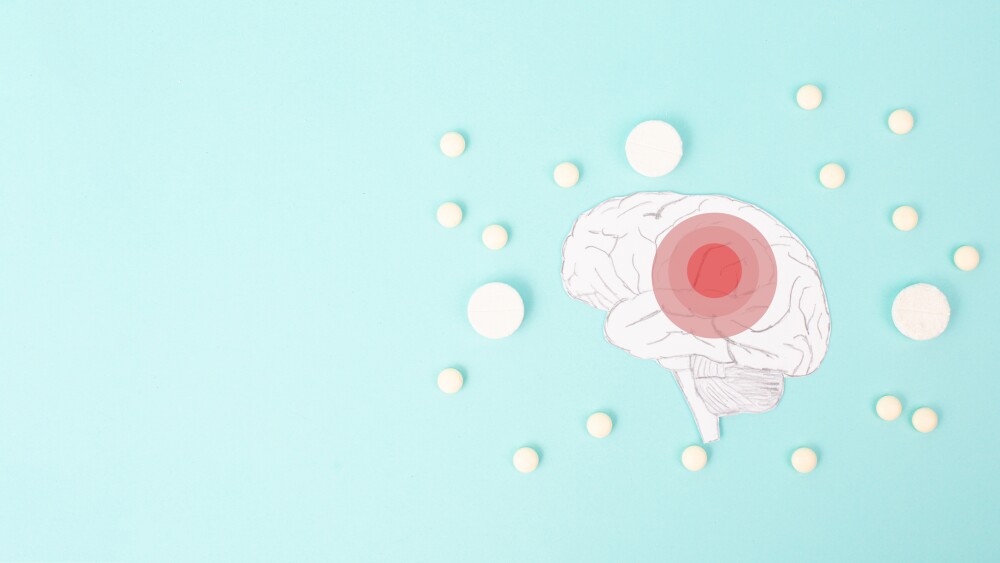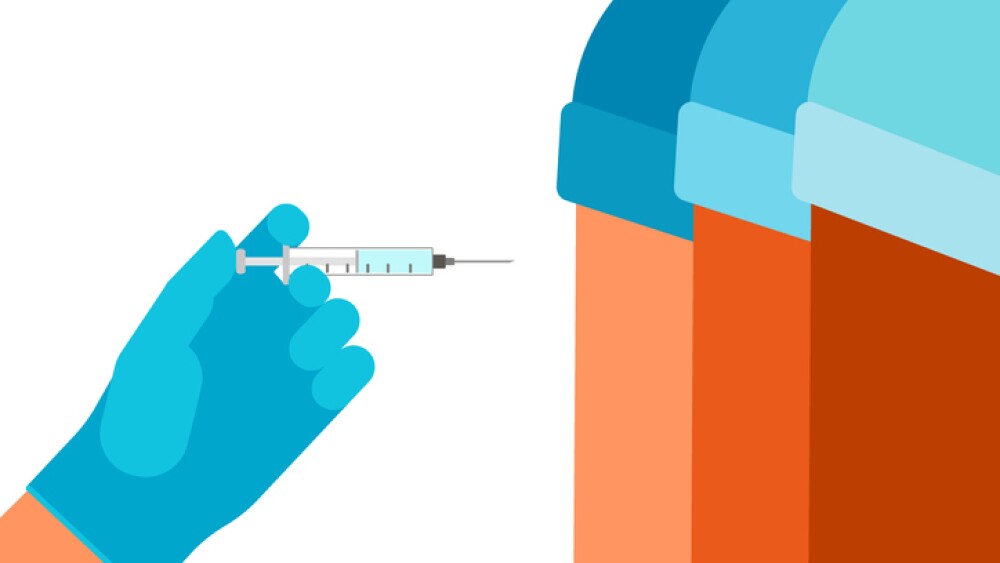WASHINGTON, Dec. 5 /PRNewswire/ -- Twelve preclinical and clinical studies presented this week at the annual American Epilepsy Society meeting evaluate the safety and efficacy of rufinamide for the treatment of Lennox-Gastaut syndrome (LGS) and various seizure types in adult and pediatric patients with epilepsy. Eisai Medical Research Inc. and Eisai Inc. are seeking U.S. Food and Drug Administration (FDA) approval for two indications for rufinamide, as an adjunctive treatment for LGS in patients ages four and over and as an adjunctive treatment for partial-onset seizures with and without secondary generalization in adults and adolescents 12 years of age and over.
Presented at the meeting was a multicenter, double-blind, placebo- controlled, randomized, parallel-group study that evaluated the efficacy and safety of rufinamide as adjunctive therapy in patients with inadequately controlled seizures associated with LGS. Seizure frequency among enrolled patients was monitored during the 28-day baseline phase (BP). In the 84-day double-blind phase, patients were randomized to rufinamide or placebo, with study drug patients titrated based on the patient's weight.
One hundred thirty-eight patients were randomized to receive rufinamide (74) or placebo (64). Rufinamide-treated patients experienced a 32.7 percent median reduction in total seizure frequency per 28 days relative to BP compared to 11.7 percent median decrease for the placebo-treated patients (p<0.0015). There was a 42.5% median reduction in the tonic-atonic seizure frequency per 28 days relative to the BP in the rufinamide group compared to a 1.4% median increase for the placebo group (p<0.0001). Additionally, a significantly higher percentage of rufinamide-treated patients (42.5 percent) were treatment responders compared to placebo patients (16.7 percent, p=0.0020), meaning they experienced a 50% or more reduction in tonic-atonic seizure frequency, a secondary endpoint of the study. The most commonly reported AEs for rufinamide-treated patients vs. placebo (incidence greater than or equal to 10% in either treatment group) included somnolence, fever, vomiting, diarrhea.
Also presented at the meeting was a multicenter, double-blind, placebo- controlled, randomized, parallel-group study that evaluated the efficacy and safety of rufinamide as adjunctive therapy in adult patients 16 years or older with inadequately controlled partial seizures. Patients must have had six or more partial seizures over the 56-day baseline phase (BP). In the 91-day double-blind phase, patients were randomized to rufinamide or placebo, with study drug patients titrated to 3200 mg/d and maintained for 77 days
Three hundred thirteen patients were randomized to receive rufinamide (156) or placebo (157). Rufinamide-treated patients experienced a 20.4 percent median reduction in partial seizures per 28 days relative to BP compared to 1.6 percent median increase in placebo-treated patients (p=0.0158). Additionally, a significantly higher percentage of rufinamide-treated patients (28.2%) were treatment responders compared to placebo patients (18.6%, p=0.0381), meaning they experienced a 50% or more reduction in partial seizure frequency. The most commonly reported AEs for rufinamide-treated patients vs. placebo (incidence greater than or equal to 10% in either treatment group) included dizziness, headache, nausea, somnolence, double vision, fatigue, lack of coordination, vomiting, abnormal vision, and viral infection.
About Lennox-Gastaut Syndrome
Lennox-Gastaut syndrome is a severe form of epilepsy. Seizures usually begin before four years of age, and children with LGS often suffer from several types of seizures. An estimated 1,400 to 4,500 new cases of LGS are diagnosed each year in the U.S., and complete recovery, including freedom from seizures and normal development is very unusual. There is no known cure for the disorder.
About Rufinamide
Rufinamide is a triazole derivative, a compound structurally distinct from currently approved AEDs. In a multicenter, double-blind, placebo-controlled clinical trial, rufinamide appears to have clinical benefit in the treatment of seizures associated with LGS. Rufinamide received orphan drug status for this indication by the FDA in October 2004 and an NDA has been submitted to the FDA for approval. Based on key findings of two double-blind, placebo- controlled trials, rufinamide has been filed with the FDA as adjunctive therapy in adults and adolescents (12 years of age and over) with partial- onset seizures with and without secondary generalization.
Eisai acquired worldwide and exclusive commercialization rights to rufinamide from Novartis Pharma AG in February 2004. With the filing of rufinamide, Eisai plans to strengthen its neurology franchise and continue to fulfill its human health care (hhc) mission to satisfy unmet medical needs and increase benefits to patients and their families.
In double-blind studies, the most commonly observed adverse experiences (greater than or equal to 10%) seen in association with rufinamide and at a higher frequency than in lacebo-treated patients were headache, dizziness, fatigue, somnolence and nausea.
About Eisai Medical Research Inc.
Eisai Medical Research Inc. is a U.S. pharmaceutical subsidiary of Eisai Co., Ltd. Eisai Medical Research Inc. was established to focus on clinical research and to expedite clinical drug development of new chemical entities and of new indications for marketed products.
About Eisai Inc.
Eisai Inc. is a US pharmaceutical subsidiary of Eisai Co., Ltd., a research-based human health care (hhc) company that discovers, develops and markets products in more than 30 countries. Eisai focuses its efforts in three therapeutic areas: neurology, gastrointestinal disorders and oncology/critical care. Established in 1995, Eisai Inc. began marketing its first product in the United States in 1997 and has rapidly grown to become an integrated pharmaceutical business with sales of approximately $2 billion in fiscal year 2004 (year ended March 31, 2005).
Eisai Inc. employs approximately 1,200 people at its headquarters in Teaneck, NJ, at its state-of-the-art pharmaceutical production and formulation research and development facility in Research Triangle Park, NC, and in the field. Between 1998 and 2004, Eisai Inc. moved up rapidly in the rankings (based on revenues) of US pharmaceutical companies from No. 44 to No. 19.
Eisai Inc.CONTACT: Pat Donohue of Eisai Inc., +1-201-287-2978, orpatricia_donohue@eisai.com; or Elaine DeMare of Dorland Global PublicRelations, +1-415-262-5231, or edemare@dorland.com, for Eisai Inc.




